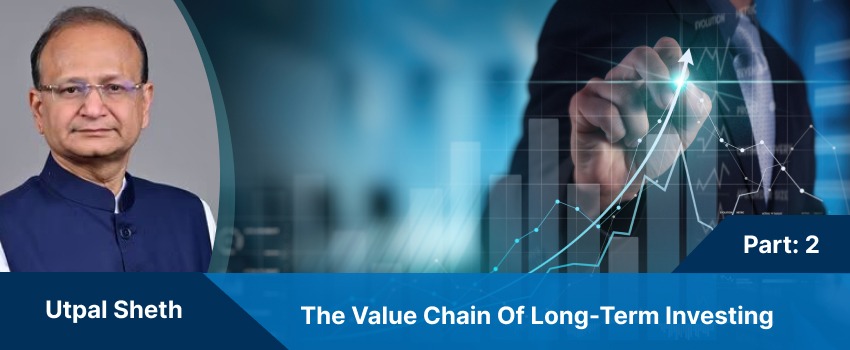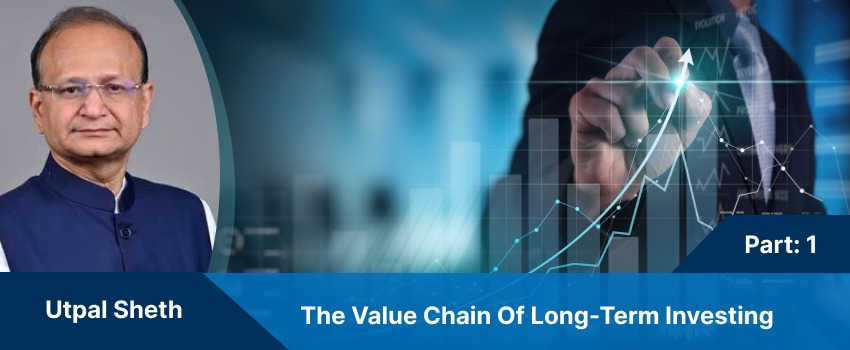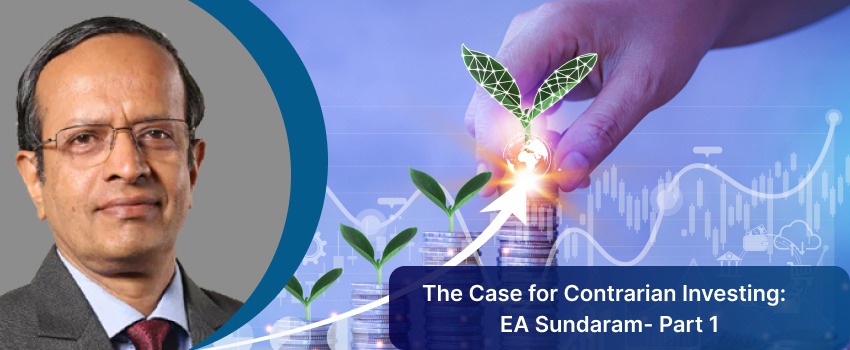“Eagles fly against the wind and not with it.” – Anonymous
Everyone wants to fly against the wind but very few of us have really got the courage to do it. Most of us are like the birds that fly in flocks to make their journey easier. Anyone who likes to fly against the wind in the stock markets, would set eyes on ‘turnarounds’. Turnaround companies are usually preferred by high risk takers with a view to generate maximum returns at the cost of highest risk. Investing in such companies is quite risky but occasional huge success has made this category very attractive for a section of contrarian investors.
What is Turnaround?
According to Peter Lynch, ‘turnaround companies are battered, depressed, and often can barely drag themselves into bankruptcy & they are no growers’. He breaks them down further into sub-categories:
- ‘The bail us out’ kind of turnaround.
- ‘The little problem we didn’t anticipate’ kind of turnaround companies, where the problems are far worse than originally thought.
- ‘The perfectly good company inside a bankrupt company’ kind of turnaround.
- ‘The restructuring to maximize shareholder values’ kind of turnaround. Restructuring is a company’s way of ridding itself of certain unprofitable subsidiaries it should never have acquired in the first place. Companies bought these companies to diversify their operations. Peter Lynch calls this as ‘diversification’.
- The Asset Play– Companies having something of value that stock market hasn’t fully considered. It could be cash, patents or acres of land possessed by the company.
Lynch has got Apple!
Peter Lynch in his book ‘One up on the Wall Street’ describes how he bought Apple stock:
“After Apple computer fell apart and the stock dropped from $ 60 to $ 15, I wondered if the company would ever recover from its difficulties, and whether I should consider it as a turnaround. Apple’s new Lisa, its entry into the lucrative business market, had been a total failure. But when my wife told me that she and the children needed a second Apple for the house, and when the Fidelity systems manager told me that Fidelity was buying 60 new Macintoshes at once, then I just learned that (a) Apple still was popular in the home market, and (b) it was making new inroads in the business market. I bought a million shares and I haven’t regretted it.”
In Nov 1997, Apple was trading at $ 4.67 per share. In July 2013, it is trading at $ 430 or about 92 times the share price. Imagine the gains, however, holding these kind of stocks, is easier said than done.
Finding your own Apple!
Wockhardt can be termed as a quite recent example of turnaround success. Wockhardt went through turbulent times in 2008, with the onset of economic slowdown. The Company had Rs. 3,800 Cr. debt on its balance sheet and a slew of assets acquired during the global boom period. The huge debt, liquidity constraints and adverse market conditions forced Wockhardt to approach the lenders for Corporate Debt Restructuring (CDR).
The company’s sale of nutrition business to Danone, led to lowering of debt on its books with renewed focus on its core operations and streamlining of troubled business areas improved the company’s financials considerably. Today, Wockhardt ranks among the top 10 players in the Indian Pharmaceutical industry.
If you had invested in the stock of Wockhardt in April 2010 (Rs. 139.50), you would have earned a magnificent return of 149% (CAGR) in 3 years! However, the same stock fell from Rs. 2,124 in March 2013 to Rs. 908 in July 2013. So, remember, it can be quite a tough roller coaster ride!
Turnaround in Portfolio:
“Some people ascribe my success to my having specialized in growth stocks. But that’s only partly accurate. I never put more than 30-40% of my fund’s assets into growth stocks. The rest I spread out among the other categories. Normally I keep about 10-20% or so in the stalwarts, another 10-20% or so in the cyclicals, and the rest in the turnarounds.”
What’s so special about these turnarounds that made Lynch invest in them when he himself called them ‘potential fatalities’?
They have the following positive characteristics which makes them fascinating:
- Performance is not in sync with general market conditions.
- Asymmetric returns can be expected from them as when they turn profitable they make up for the lost ground quickly.
Buying potential Turnarounds:
“Bottom fishing is a popular investor pastime, but it’s usually the fisherman who gets hooked. Trying to catch the bottom on a falling stock is like trying to catch a falling knife. It’s normally a good idea to wait until the knife hits the ground and sticks, then vibrates for a while and settles down before you try to grab it.”
Thus, while looking for investing in potential turnarounds, some points to be considered are:
- How much cash and debt does the company have?
- If it’s bankrupt already, then what’s left for the shareholders?
- What is the company’s strategy? Has of the company sold off unprofitable divisions?
- Will this make a big difference in earnings?
- Is business coming back?
- Are costs being cut? If yes, what will be their effect?
Time to say Sayonara!
One should never sell a stock till the story remains intact even if the stock has risen or fallen since purchase.
However, when the decision to exit has been made, following signs should be looked at:
- Debt has increased in consecutive quarters.
- Inventories are rising at twice the rate of sales growth.
- The P/E is inflated relative to earnings prospects.
- The company’ s strongest division sells 50 % of its output to single customer, who itself is suffering from sales slowdown.
Finally, ‘Turnaround’ is high-gain-high-risk category. The higher the potential upside, the greater the potential downside, and if a troubled old turnaround has a relapse, the downside can be losing all your money. This is something one should never ignore, when considering turnarounds. A great deal of due diligence and patience is required to identify companies on the precipice of a successful turnaround, and even then the surety of it happening is uncertain. Thus, after weighing the pros and cons, if you still have the courage and are willing to go for a risky investment, then try your hands out at Turnarounds!
If you liked what you read and would like to put it in to practice Register at MoneyWorks4me.com. You will get amazing FREE features that will enable you to invest in Stocks and Mutual Funds the right way.
Need help on Investing? And more….Puchho Befikar
Kyunki yeh paise ka mamala hai
Start Chat | Request a Callback | Call 020 6725 8333 | WhatsApp 8055769463










will educomp & suzlon come under the turnaround stock or bankrupt stock
will Ashok Leyland become as bankrupt stock or will it go up? If it will go up then when it will go up? Please tell me how much down it will go?
This article was informative and full of points to watch out for in good stocks … Kudos…
However, the quality of the comments is amazingly dense… Just because the author wrote a good article, people start fishing for specific advise on when Ashok Leyland or Suzlon should go up, or when it will go down!
To know MoneyWorks4me’s analysis on these stocks, please check our
website http://www.moneyworks4me.com.